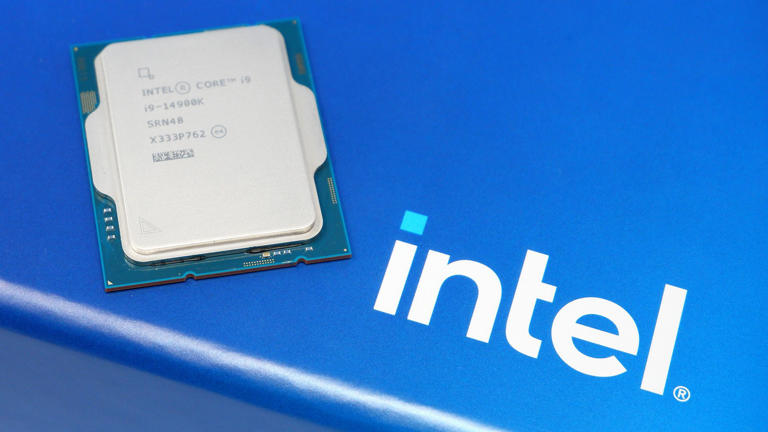The issue surrounding the instability of certain 13th and 14th Gen CPUs has been gradually escalating, drawing significant attention from users concerned about the reliability of their systems. Initially surfacing as sporadic game crashes, application malfunctions, and even the dreaded Blue Screen of Death (BSOD), these issues have reverberated across various online forums, sparking discussions and investigations into their root causes. Notably, it appears that the i9 13900K, i9 14900K, and their KS variants are particularly susceptible to these problems, leading to speculation and scrutiny within the tech community.
Delving deeper into the matter, scrutiny has revealed a common thread: unstable automatic overclocking mechanisms inherent in these CPUs. It seems that these processors are struggling to cope with the demands imposed on them, particularly in scenarios where aggressive overclocking settings are applied automatically. This phenomenon has left users frustrated and seeking solutions to restore stability to their systems.
For years, Intel has granted motherboard manufacturers leeway in tweaking power settings, allowing them to adjust short-term and long-term power limits well beyond the default values. This practice has historically yielded performance gains that Intel and its partners have welcomed. However, the recent push for ever-higher clock speeds—exceeding 5GHz for all-core operations and 6GHz for single-core tasks—has pushed the limits of these CPUs beyond their capabilities. It appears that Intel may have inadvertently pushed too aggressively with its latest chips, resulting in widespread instability issues.
It’s worth noting that the 14th Gen CPUs represent an iterative improvement over their 13th Gen predecessors, which themselves were refined versions of the 12th Gen CPUs released in late 2021. All these generations share the Intel 7 process, signaling a focus on incremental enhancements rather than groundbreaking architectural changes or node shrinks. However, the pursuit of higher performance through increased power delivery has led to unintended consequences, manifesting as system instability and user dissatisfaction.
In response to the growing concerns, motherboard manufacturers have taken steps to address the issues by rolling out BIOS updates with baseline power profiles. While these updates offer a potential solution, the onus falls on users to navigate BIOS settings and apply the appropriate configurations. For many users, especially those less familiar with overclocking and system tweaking, this can be a daunting task, underscoring the need for user-friendly solutions and clear guidance from manufacturers.
Reports indicate that Intel has taken notice of the situation and is actively working with motherboard manufacturers to implement baseline power settings by default. This move aims to standardize power configurations across systems and mitigate instability issues caused by overly aggressive power and turbo settings. While this adjustment may impact performance to some extent, it is seen as a necessary step to restore stability and reliability to systems powered by these CPUs.
Looking ahead, the tech community eagerly anticipates further updates and improvements from Intel, particularly with the upcoming Arrow Lake CPUs. These future releases will likely undergo rigorous testing and scrutiny to assess their performance and stability, providing valuable insights into Intel’s ongoing efforts to address the challenges facing its CPU lineup.
